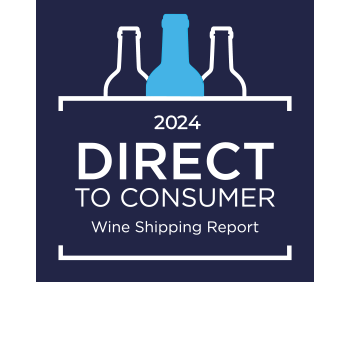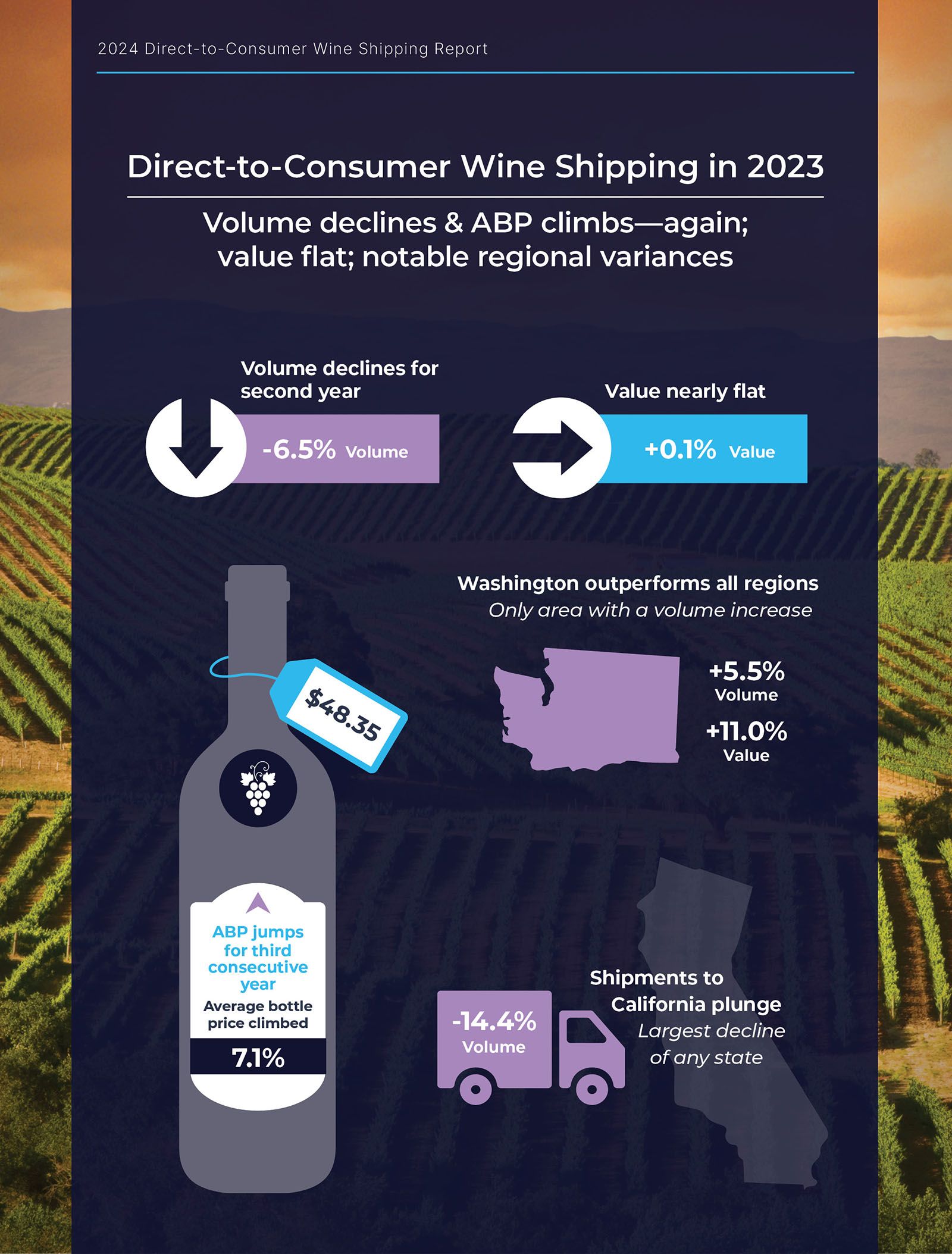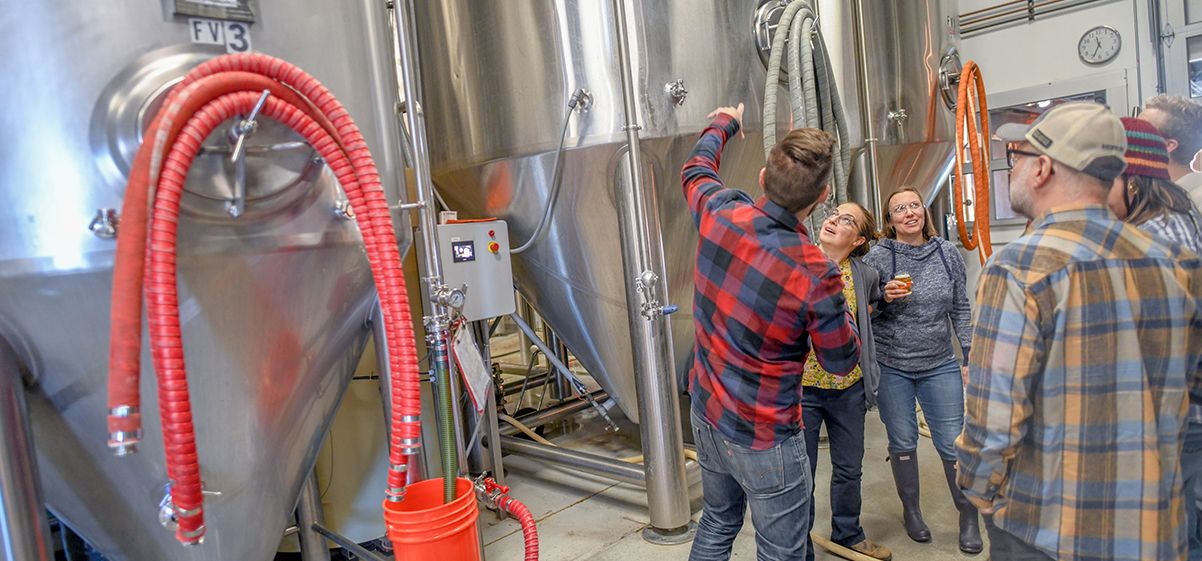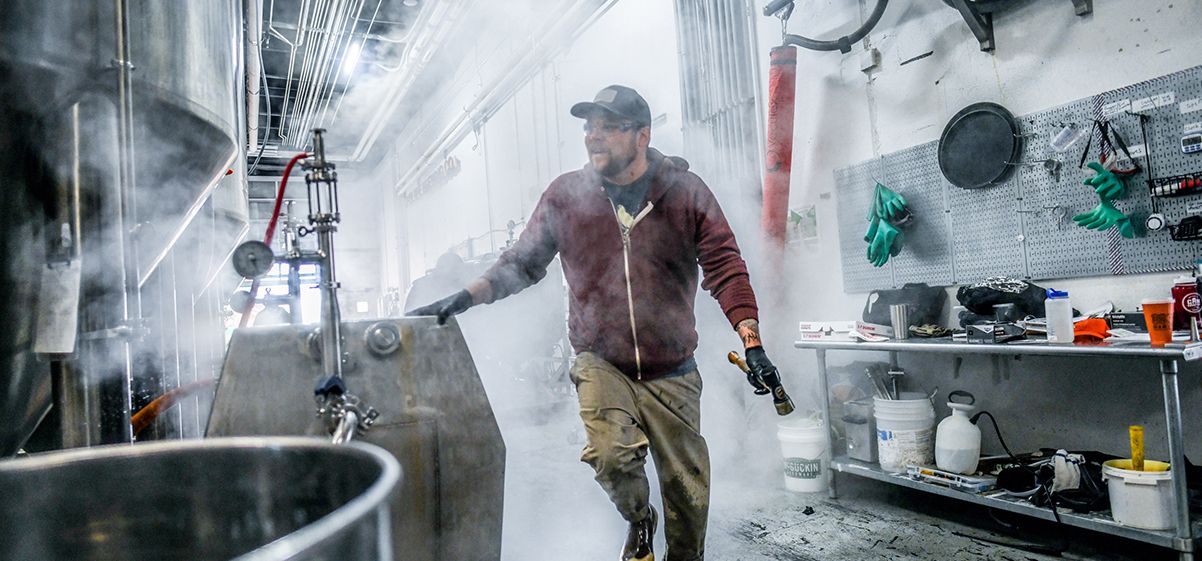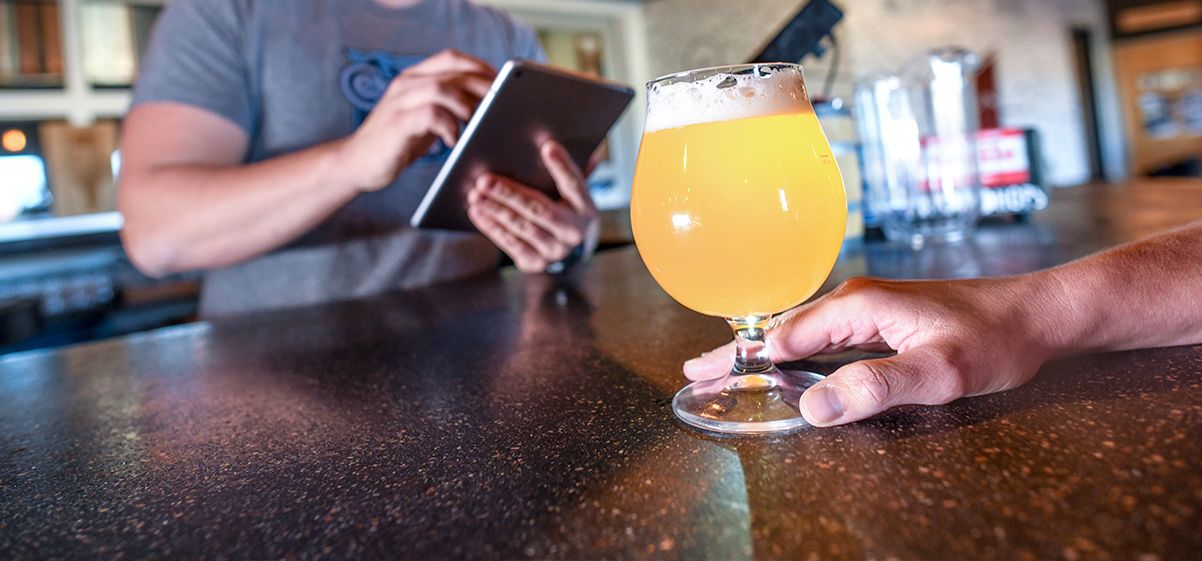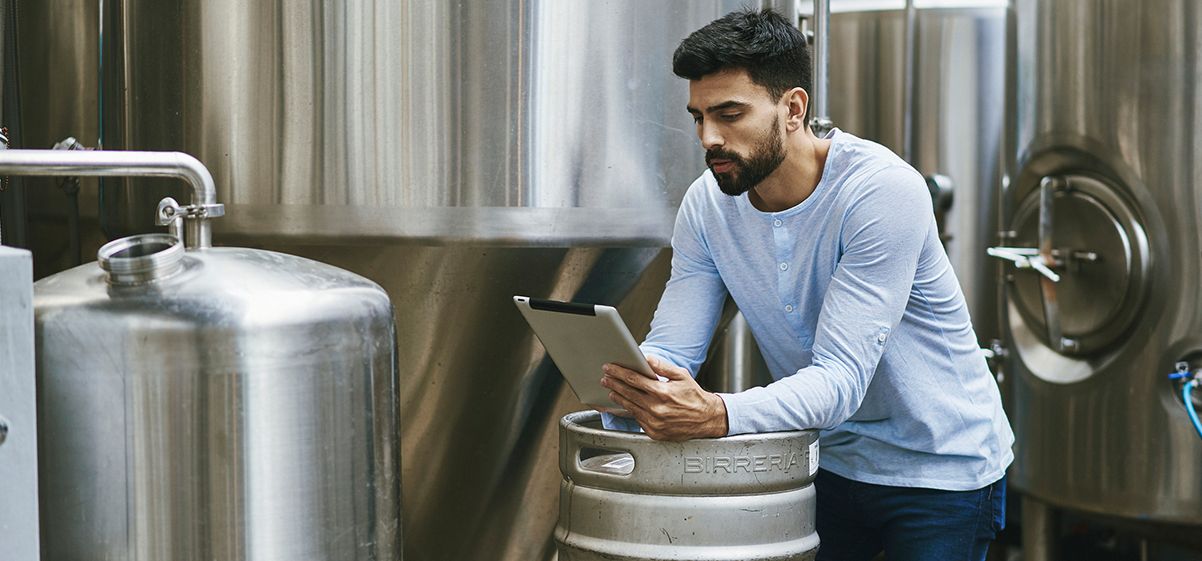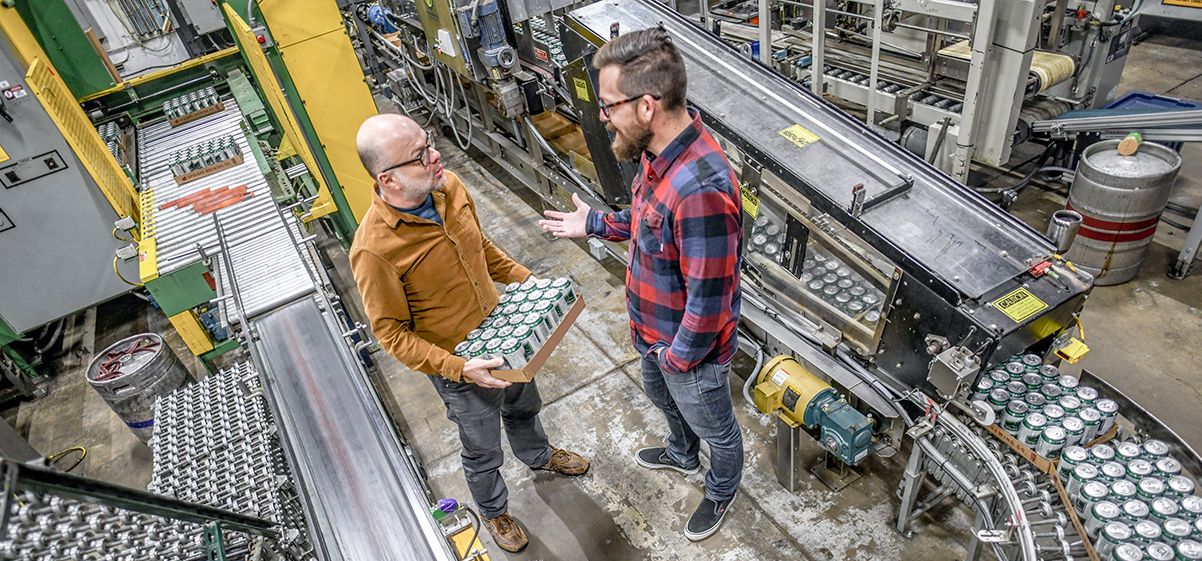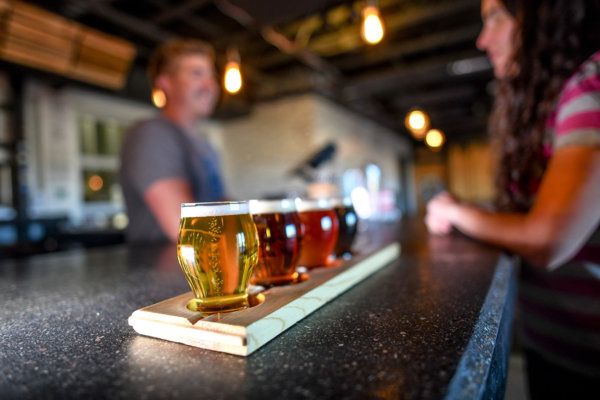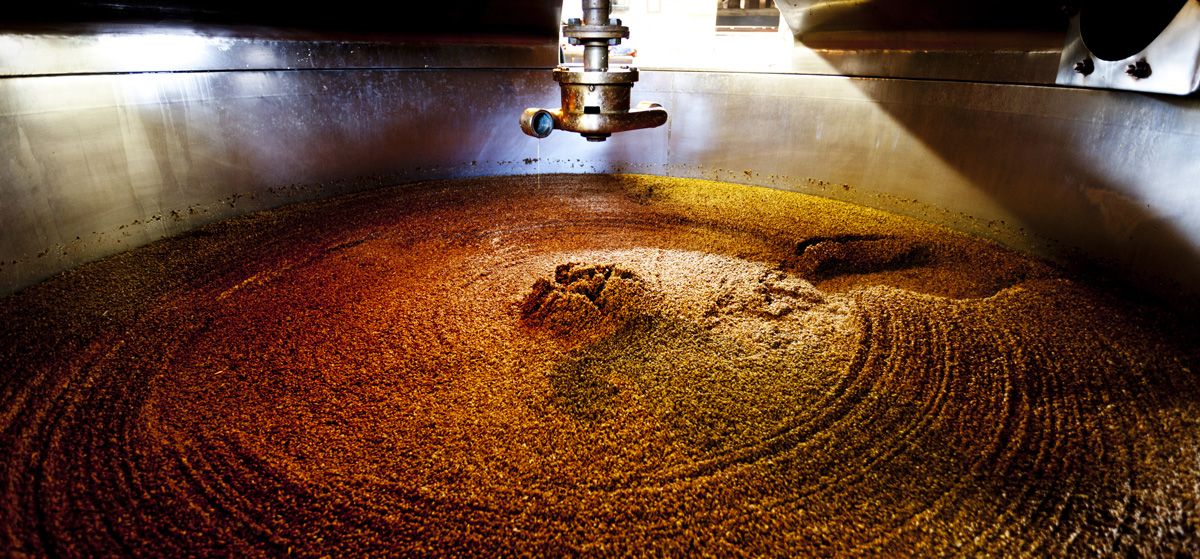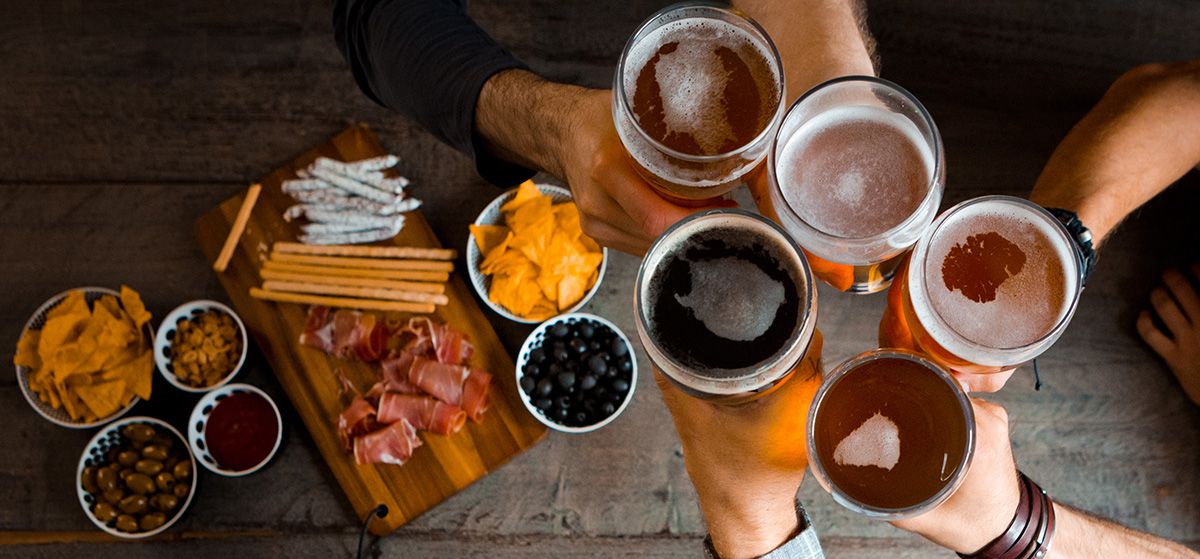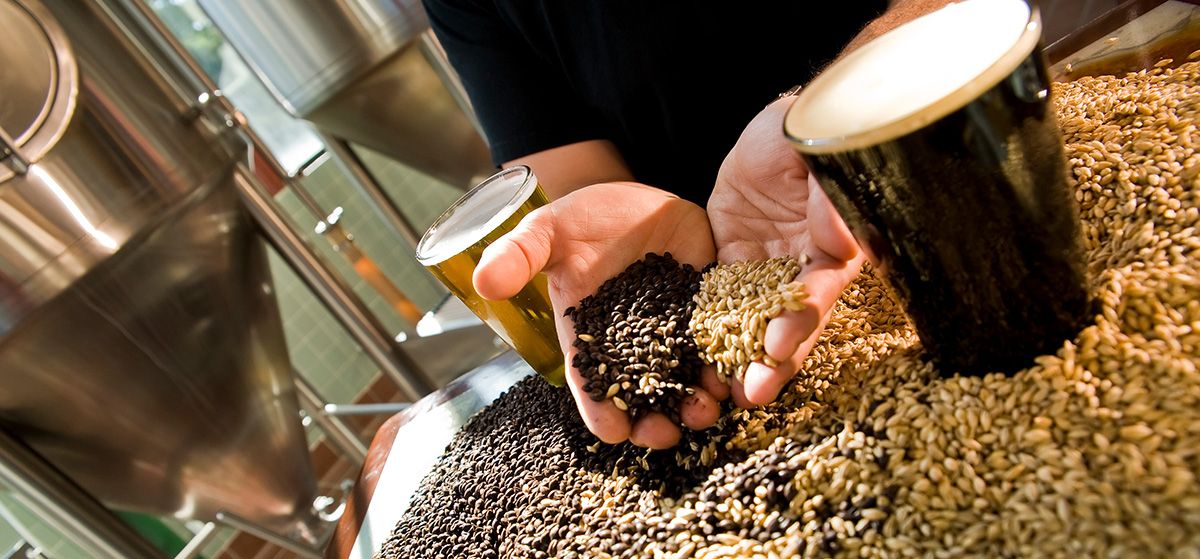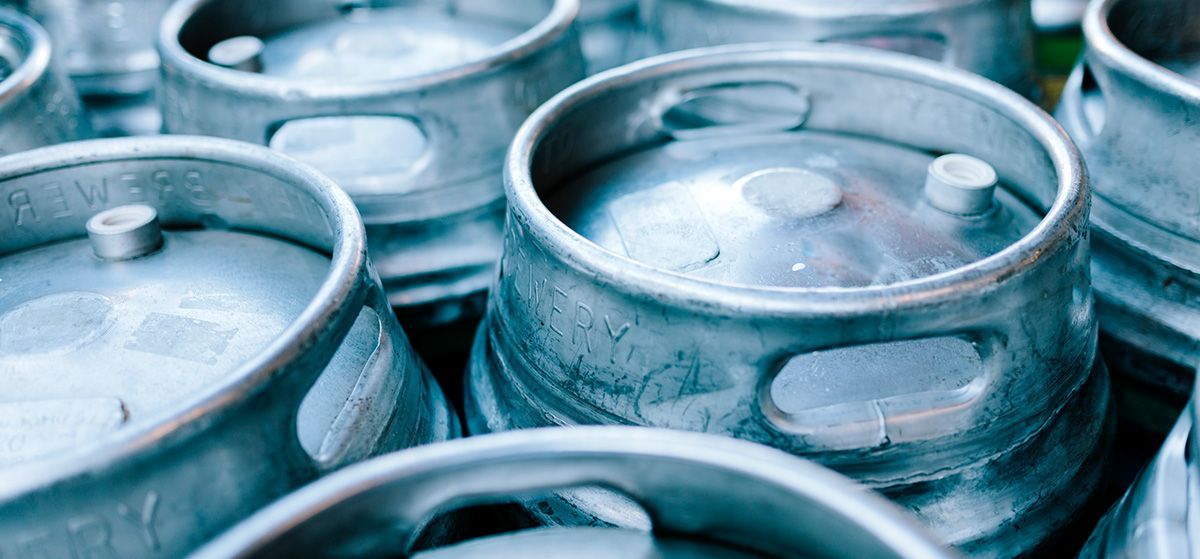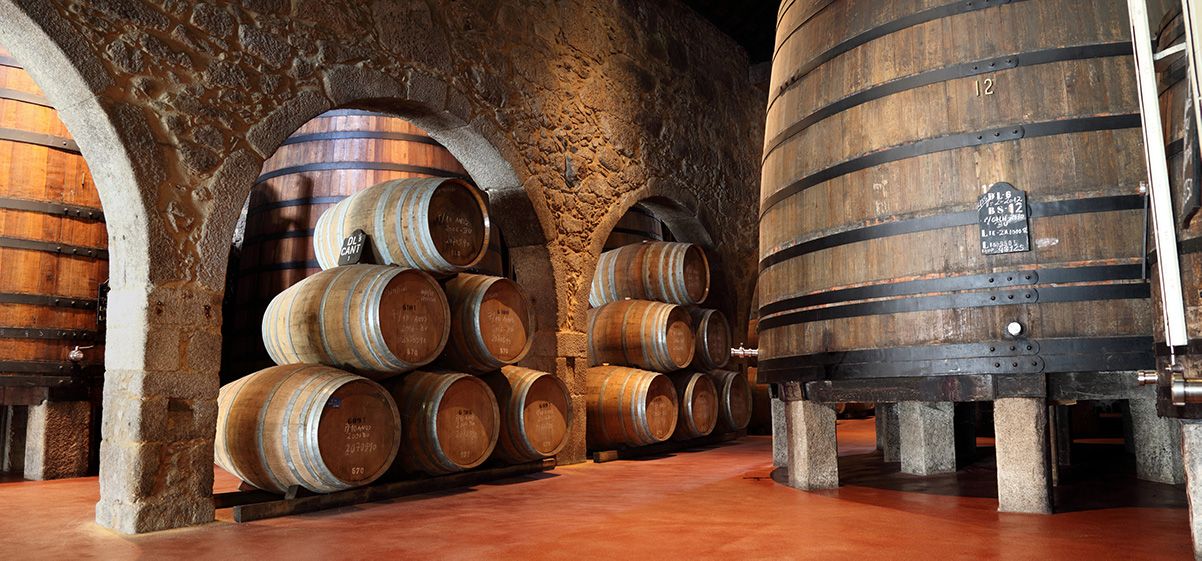The Direct-to-Consumer Wine Shipping Report is an annual collaboration between Sovos ShipCompliant and WinesBusiness Analytics. It contains the most up-to-date and accurate representation of the American direct-to-consumer (DtC) wine shipping channel while providing the latest information and data on growth trends, changes in price per bottle shipped, regional demand, varietal trends and more.
Download your complimentary copy here.
The 2023 year in review reveals a channel still dealing with inflationary pressures and a drop in the number of visitors to wineries. The year witnessed a 6.5% decrease in year-over-year shipments, making it the first time since this report’s inception in 2010 that there has been a decline in shipments for two consecutive years. Similar to 2022, while there was a decrease in total shipments, average price per bottle shipped rose—in this case, 7.1% to $48.35—leading to a 0.1% value increase over 2022.
The 2024 Direct-to-Consumer Wine Shipping Report explores these outcomes in greater detail, looking at current trends and what impact the economy is having on buying patterns and which wines and regions are most affected. Early indications suggest that 2023 represented a classic case of inflation, with its biggest impact felt by consumers of more modest means leading to a drop in shipments of lower priced wines, while higher-income consumers continued to avoid significant impact from rising prices and buying patterns of more expensive bottles remained on par.
